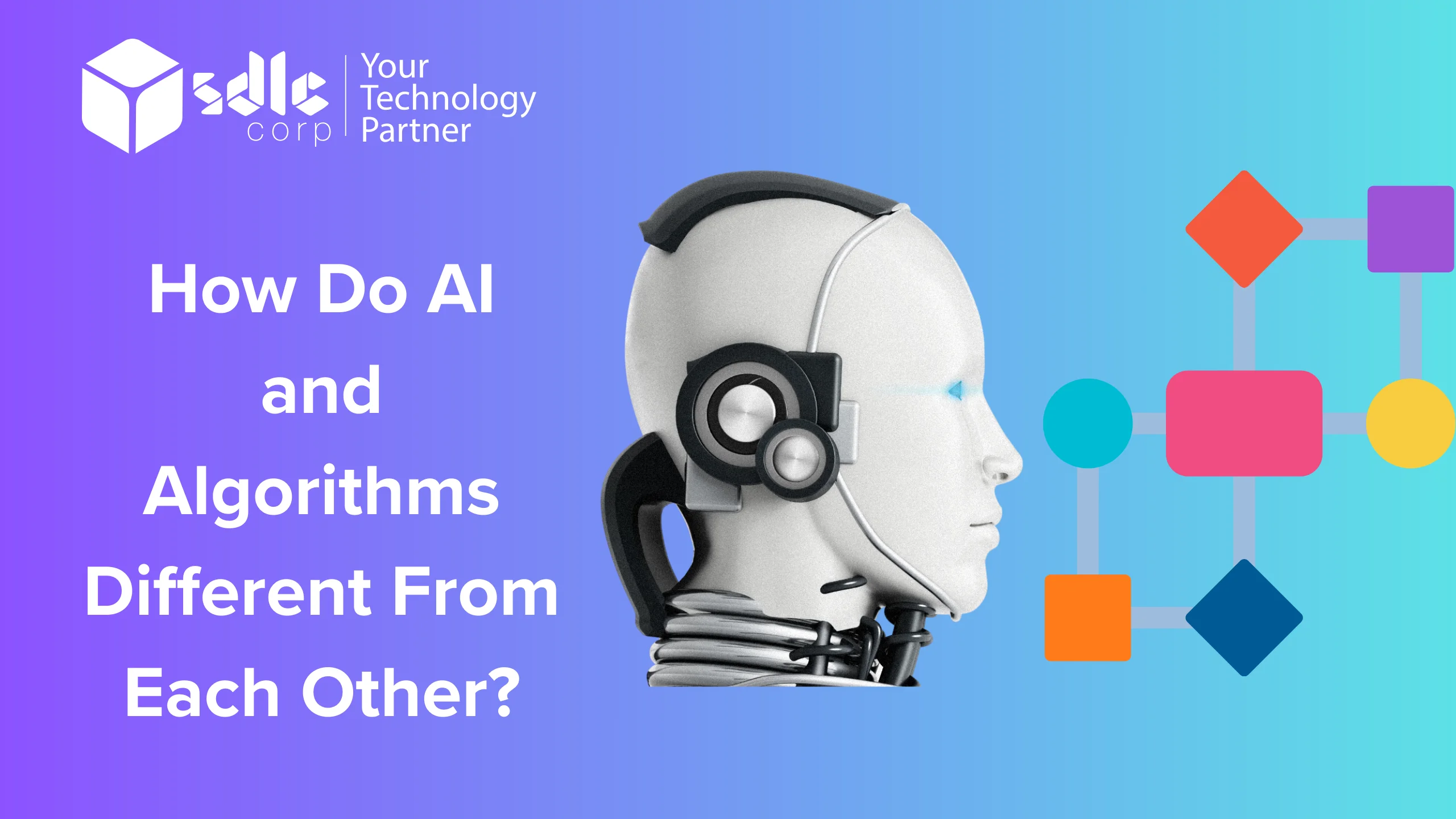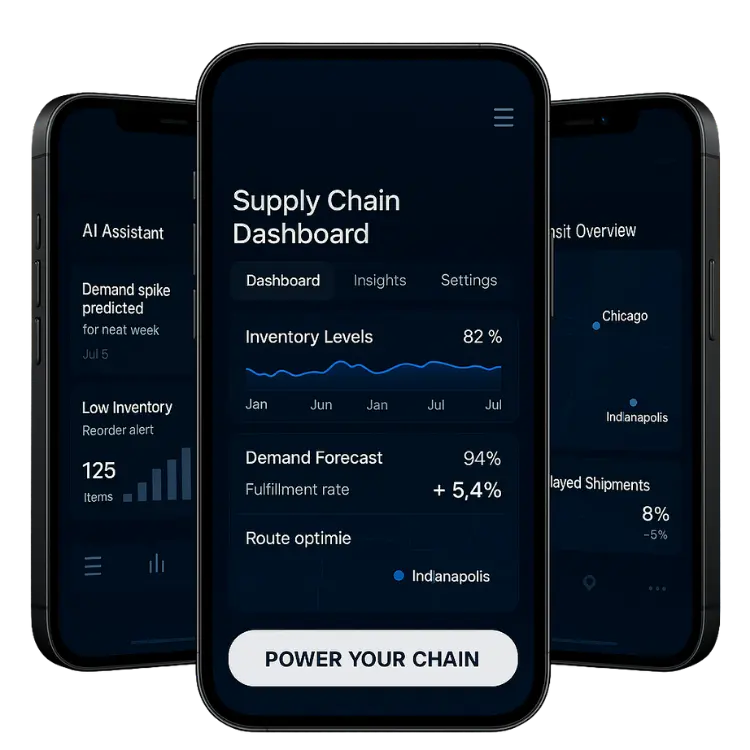
Introduction
E-Commerce Supply Chain Transformation with AI is reshaping how retailers meet growing customer expectations for fast deliveries, accurate inventory, and seamless shopping experiences. Traditional supply chains on manual processes and siloed data struggle to meet these demands.
Businesses looking to modernize operations often start with specialized eCommerce & Retail Development Services that provide scalable digital solutions.
ISTS E-Commerce, a mid-sized consumer electronics and home goods retailer, launched an E-Commerce Supply Chain Transformation with AI initiative to optimize operations, reduce costs, and improve customer satisfaction through predictive analytics, automation, and real-time data visibility.
Industry
Retail & E-Commerce (Consumer Electronics & Home Goods)
Scale
200+ physical stores, 3M+ monthly online customers
Headquarters
New York, USA
Operations
Nationwide warehouses, multi-channel retail, large-scale logistics
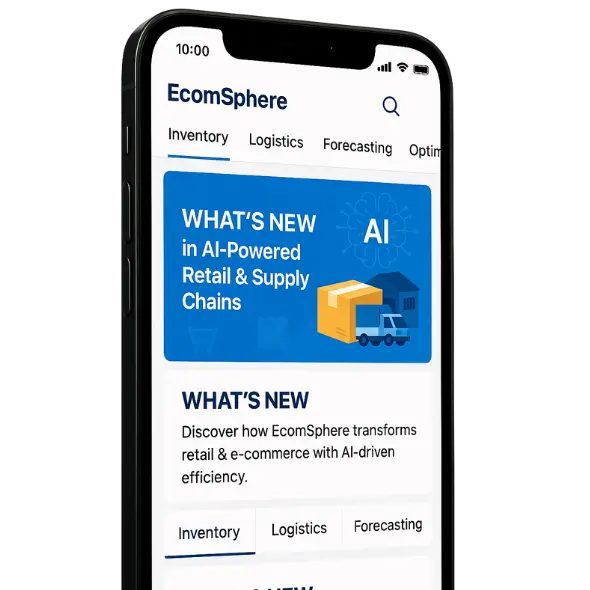
Smart Logistics Hub
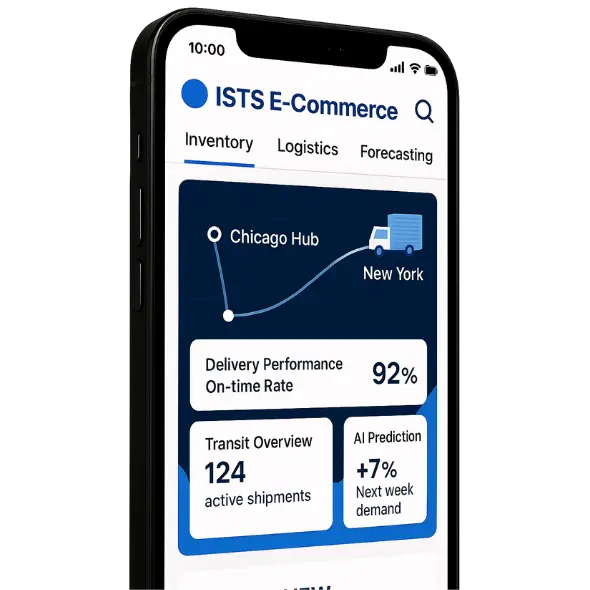
Supply Chain AI
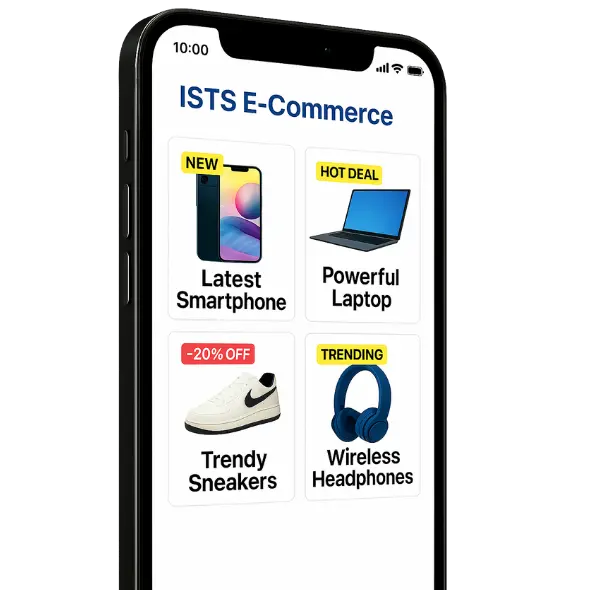
Awesome Deals
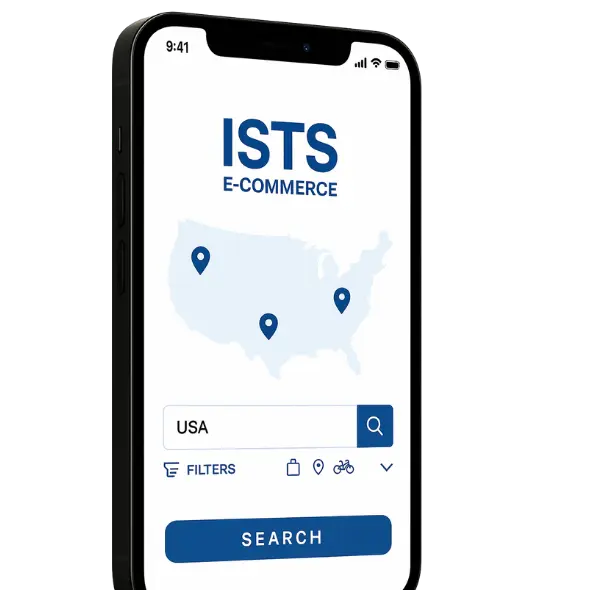
Easy Navigation
Project Objectives
Executives needed a real-time dashboard to monitor business performance. We translated market volatility, compliance risk, and revenue pressure into four key KPIs with green-goal thresholds. If a metric turned red, teams intervened immediately to recalibrate strategies.
The primary goals of this transformation were to:
- Achieve 90%+ demand forecasting accuracy.
- Reduce warehouse costs by 30% and logistics costs by 25%.
- Lower stockouts to below 5%.
- Improve delivery times from 5–7 days to 2–3 days.
- Create a centralized, AI-powered analytics platform for real-time visibility.
- Deliver 30% revenue growth and 250% ROI in the first year.
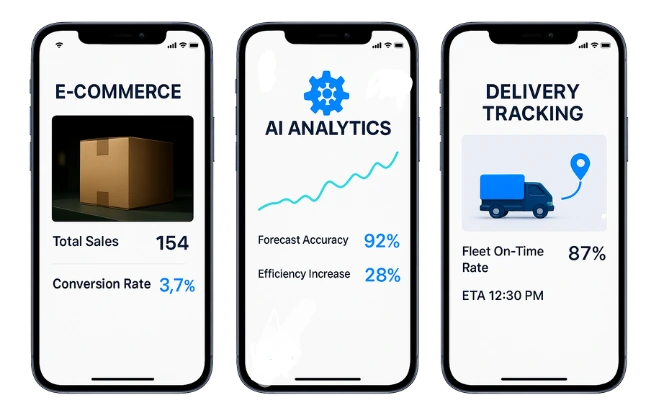
Project Challenges
Before implementation, ISTS E-Commerce’s supply chain faced inefficiencies that raised costs, delayed deliveries, and limited growth, making it difficult to meet rising customer demands.
Inventory Mismanagement
Overstocking raised warehouse costs; stockouts caused lost sales.
Poor Demand Forecasting
Reliance on spreadsheets kept accuracy at just 65%.
High Logistics Costs
Deliveries took 5–7 days; transport costs rose 12% yearly.
Data Fragmentation
Siloed ERP, CRM, and WMS reduced visibility.
Manual Procurement
Slow approvals delayed stock replenishment.
Limited Visibility
No real-time tracking, leading to reactive decisions.

Solutions
ISTS E-Commerce implemented a comprehensive AI-powered transformation strategy that brought together predictive analytics, automation, and centralized data intelligence to optimize its supply chain and boost operational efficiency:
Advanced Machine Learning Models: Used LSTM and XGBoost to incorporate sales, seasonal, and external data (like weather and campaigns) for highly accurate demand forecasting, enabling smarter inventory allocation and minimizing inefficiencies.
Automation in Procurement & Logistics: Accelerated procurement workflows, optimized warehouse allocation based on regional demand trends, and leveraged AI-driven route optimization with IoT-enabled tracking to cut costs and delivery times.
Centralized Analytics Platform: Unified ERP, CRM, and WMS data into a single source of truth, providing predictive alerts, real-time performance tracking, and data-driven decision support.
Development Process
The AI-powered supply chain optimization was executed through six focused phases, ensuring efficiency, accuracy, and scalability.
Demand Forecasting
LSTM and XGBoost models improved accuracy using sales, seasonal, and external data.
Inventory Optimization
Automated reorder points, better stock allocation, and 30% improved warehouse utilization.
Logistics Automation
AI routing + IoT tracking cut costs and halved delivery times.
Centralized Analytics
Unified ERP, CRM, and WMS into one real-time data platform with predictive alerts.
Smart Procurement
Predictive supplier analytics streamlined approvals and reduced lead times.
CX Insights
AI dashboards tracked delivery and feedback to refine operations.
Development Process
The AI-powered supply chain optimization was executed through six focused phases, ensuring efficiency, accuracy, and scalability.
Demand Forecasting
LSTM and XGBoost models improved accuracy using sales, seasonal, and external data.
Inventory Optimization
Automated reorder points, better stock allocation, and 30% improved warehouse utilization.
Logistics Automation
AI routing + IoT tracking cut costs and halved delivery times.
Centralized Analytics
Unified ERP, CRM, and WMS into one real-time data platform with predictive alerts.
Smart Procurement
Predictive supplier analytics streamlined approvals and reduced lead times.
CX Insights
AI dashboards tracked delivery and feedback to refine operations.
Insights From Our AI Consulting Company Experts
Stay updated with the latest trends, insights, and real‑world AI use cases. Our expert‑written blogs cover everything from machine learning, automation, and agentic AI to strategic AI consulting, implementation best practices, and the role of an AI strategist in enterprise success.
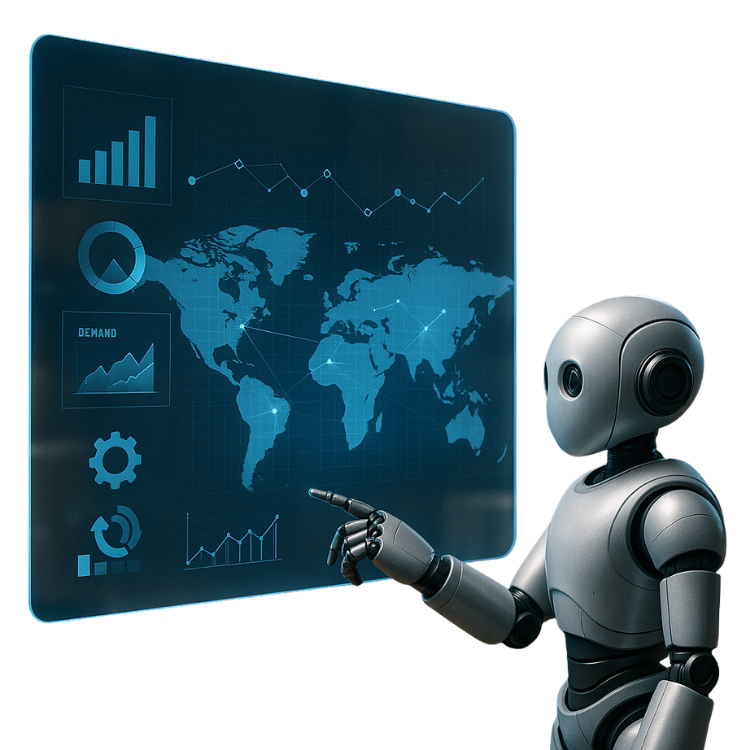

Results Achieved
Forecasting Accuracy: 65% → 90%
Warehouse Costs: Reduced by 30% ($750K annual savings)
Stockouts: Decreased from 15% → 3%
Delivery Times: Improved from 5–7 days → 2–3 days
Logistics Costs: Reduced by 25% ($300K annual savings)
Customer NPS: Increased from 68 → 82
Revenue Growth: $50M → $65M (+30%)
ROI: 250% return on investment in Year 1
Compliance Efficiency: 40% faster audits and 100% regulatory adherence
Award-Winning Excellence Across Industries
Trusted by SelectedFirms, C2CReview, iTRate, SoftwareWorld, TopSoftwareCompanies and many others, our award-winning AI solutions accelerate innovation and ROI across healthcare, finance, retail and logistics, backed by enterprise-grade security and seamless user experiences.
Our Clients’ Experience With Us
From startups to global enterprises, we’ve helped businesses unlock real value through AI and digital innovation. Here’s what our clients say about partnering with us. Their success stories, our collaboration with an expert AI consultant, and the impact we’ve achieved together.

SDLC CORP guided our team through an AI discovery sprint, mapped key use cases, fixed messy data, and delivered a clear step-by-step roadmap. Thanks to their work, executives now green-light projects faster and engineers move from idea to pilot without delays.
Overall Satisfaction

We hired SDLC CORP’s AI consultancy to automate document review with NLP. They built and trained a model in weeks, plugged it into our workflow, and walked staff through daily use. The system now flags errors on its own and cut processing time by more than half.
Overall Satisfaction

SDLC CORP audited our machine-learning models for bias and drift, added explainability tools, and set up alert dashboards. Compliance audits now finish sooner, regulators like the clarity, and our data science team trusts model performance day to day.
Overall Satisfaction
Contact Us
Share a few details about your project, and we’ll get back to you soon.
Let's Talk About Your Project
- Free Consultation
- 24/7 Experts Support
- On-Time Delivery
- sales@sdlccorp.com
- +1(510-630-6507)
